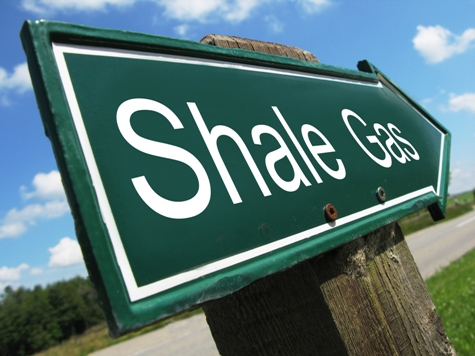If the shale gas industry is to succeed in Britain, the government must relax regulations on the severity of tremors that fracking can cause, two academics have warned. They liken the current limit of 0.5 on the Richter scale to that of banning buses from driving past houses, or slamming wooden doors, the Telegraph has reported.
Dr Rob Westaway and Professor Paul Younger, both of the University of Glasgow’s School of Engineering have warned that the stringent regulations are deterring would-be investors from undertaking shale gas extraction in Britain.
“The present regulation is a deterrent to investment and will need to be changed before energy companies are willing to invest the large sums that will need to be spent to develop shale gas in the UK,” said Dr Westaway.
“If regulations for other vibration-causing activities were similarly restrictive you’d have to prevent buses from driving in built-up areas or outlaw slamming wooden doors.”
The regulations were introduced following a moratorium on fracking, the process used to extract shale gas, after fracking firm Cuadrilla caused two small tremors – one measuring 1.5 on the Richter scale and the other 2.3 – whilst fracking near Blackpool in 2011.
A report by Cuadrilla suggested that the limit should be set at 1.7 on the Richter scale, with only tremors above that level causing operations to shut down. According to fracking trade body the UK Onshore Operators Group (UKOOG), the British Geological Survey only considered tremors above 4.0 to be significant, while those under 3.0 are not generally felt at ground surface level.
In their report, published in the Quarterly Journal of Engineering Geology, Dr Westaway and Prof. Younger make the case that fracking is likey to produce tremors no greater than 3.6 on the Richter scale – and even that outcome would be “very unlikely”.
“Induced earthquakes of magnitude 3 from fracking activities 1.6 miles below the earth’s surface will create surface vibrations similar to the limits allowable from quarry blasting,” said Professor Younger.
“That might be sufficient to cause minor damage on the surface such as cracked plaster,” he said, but he pointed out that compensation schemes are already in place for similar damage caused by RAF fly-bys or mining.
It would “make sense for similar schemes to be put into place for fracking,” he said.
Surface vibrations caused by a magnitude 3.0 quake would be about 25 times those created by a tremor of magnitude 0.5.
A spokesman for UKOOG has said that the industry is committed to working within current regulations. “The system was designed by DECC [the Department of Energy and Climate Change] in consultation with the industry to control the effects of induced seismicity during the shale exploration phase,” he said.
“It is recognised by both DECC and industry that the current [threshold] is subject to review as more is known about local geology, faulting systems and well performance. Only time will tell how restrictive or not the current threshold is, but it is important that the industry is aligned on managing induced seismicity in a pro-active manner.”
A DECC spokesman said “The threshold was set on the basis of a report by a group of independent experts. Our robust regulatory regime will allow shale exploration to take place while keeping the public safe.”

COMMENTS
Please let us know if you're having issues with commenting.